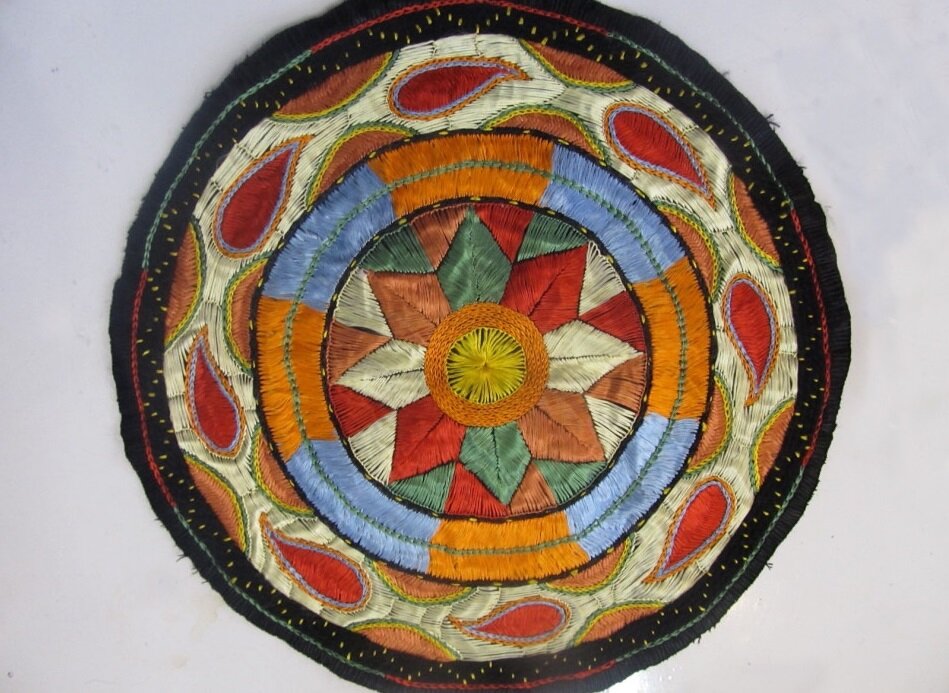Mamaghan Duzi: preserving tradition through needlework

TEHRAN – Situated some 35 km southwest of Tabriz, the capital of East Azarbaijan province in northwest Iran, lies Mamaghan, a county renowned for its exquisite needlework.
Here, amidst the rich cultural heritage of the region, flourishes a craft known as Mamaghan Duzi, a form of intricate embroidery that has stood the test of time.
This silk work artistry adorns fabrics with a symphony of colorful stitches, culminating in the iconic octagonal star or Shamseh motif, a symbol deeply rooted in local culture.
Mamaghan Duzi, named after its place of origin, embodies centuries of tradition and craftsmanship. Although its exact origins remain shrouded in mystery, historians speculate its roots trace back at least two hundred years.
According to Visit Iran, Central to the art of Mamaghan Duzi are the materials employed. Silk yarn intertwines with Dabit, a robust cotton fabric, creating a canvas ripe for artistic expression. Over time, the evolution of materials has seen the emergence of substitutes like Tetron, Trigal, and Crepe fabrics, preserving the essence of Mamaghan Duzi in the face of changing times.
The craftsmanship of Mamaghan Duzi unfolds in a series of meticulous steps, each contributing to the intricate beauty of the final piece. Circular forms, reminiscent of coasters or hat tops, serve as the canvas for the masterful embroidery. Stitches radiate from the center, gradually forming the Shamseh motif—a process affectionately known as "Ay Chak Makh" or sketching of the moon. Blanket stitches, locally referred to as "Dokmeh Qazaqi," alongside chain and cross stitches, weave together to bring the motif to life.
No detail is spared in Mamaghan Duzi. As motifs take shape, vibrant hues of green, red, orange, and purple dance across the fabric, enveloping it in a kaleidoscope of color. The Shamseh, adorned with delicately stitched paisleys, emerges as the focal point, a testament to the artisan's skill and dedication.
While once confined to traditional headwear, Mamaghan Duzi has transcended its origins, finding expression in an array of contemporary objects. From coasters to cushions, bags to belts, and even the grandeur of Salfit, a sprawling tablecloth, Mamaghan Duzi breathes life into everyday items, infusing them with a touch of heritage and elegance.
As the needles weave their magic, Mamaghan Duzi stands as a beacon of tradition in a rapidly changing world. Rooted in the past yet reaching towards the future, this timeless craft continues to inspire awe and admiration, preserving the cultural heritage of Tabriz for generations to come.
AM
